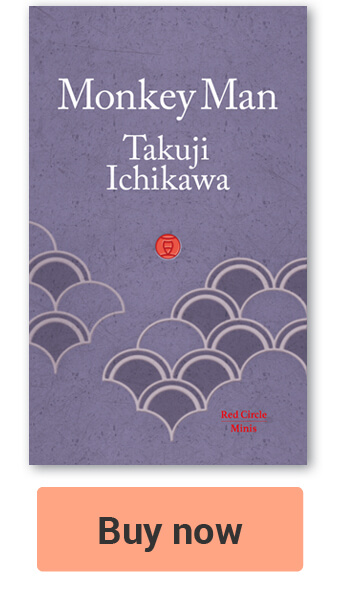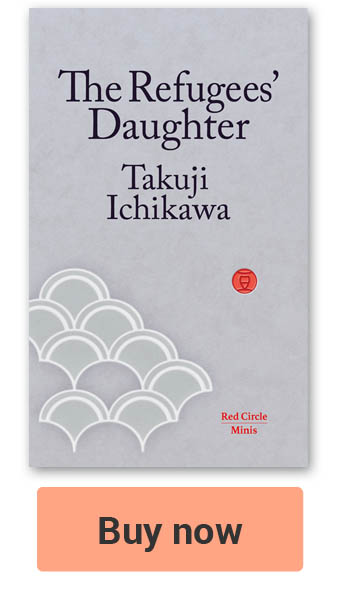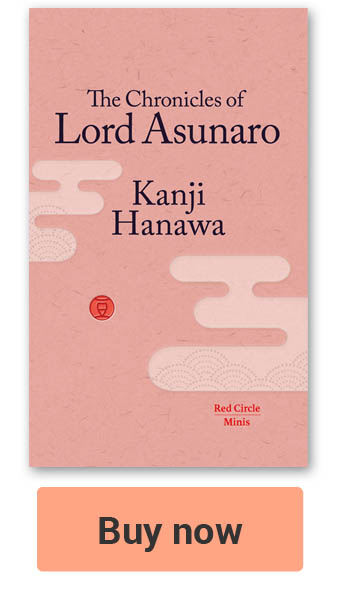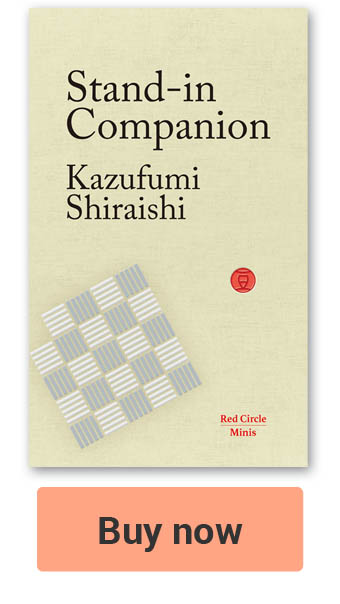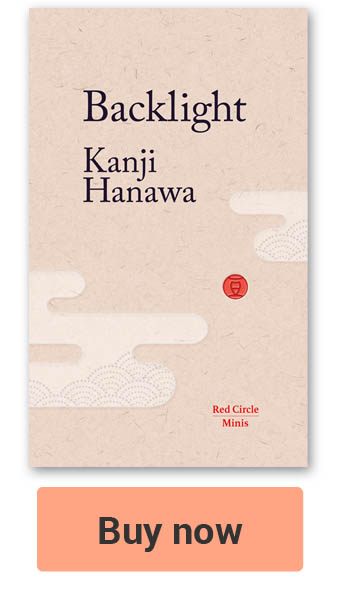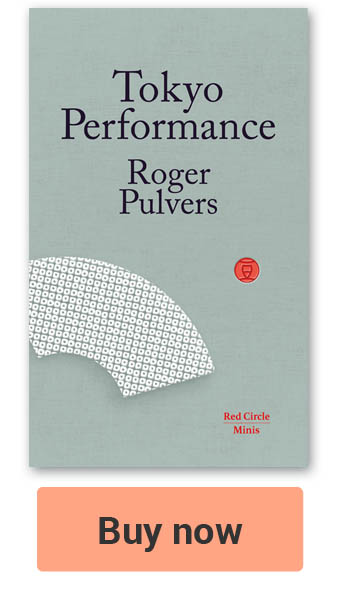A group of post-war Japanese authors dubbed ‘The Decadents’ established a publishing genre called ‘Flesh Literature’[UPDATED: 8-8-2025]
A group of Japanese eccentrics and misfits, all members of the so-called Buraiha literary group, The Decadents, including authors such as Osamu Dazai (1909-1948) sometimes dubbed the bad boy of Japanese literature, Jun Ishikawa (1899-1987), Sakunosuke Oda (1913-1947), and Ango Sakaguchi (1906-1955) – who still have a cult-like following today – helped create a unique Japanese literary genre known as Flesh Literature, Nikutai Bungaku.
The term Flesh Literature, literature of the body, came into use in Japan after World War II, even though similar narrative themes were penned before the name for the genre was actually coined.
Flesh Literature narratives focused on indulgences of mostly the physical human and carnal variety (spanning desires from the sexual to the gluttonous) that the authors explored as literary acts to fully understand humanity’s true nature.
Unconstrained individualism in response to cultural and other forms of subjugation – as well as the pursuit of liberty, which wasn’t limited to just sexual liberation, was the key theme of the genre.
The genre, however, wasn’t limited to just male writers. Experts and historians also include female authors such as Akiko Hiroike (1919-2007) within its scope. Many of the genre’s authors were influenced by French literature. A classic example is Nikutai No Mon, The Gate of Flesh by Taijiro Tamura (1911-1983), which has been adapted for film several times.
That said, perhaps due to the innate dysfunctional state of some of the authors and the looseness of the grouping itself, the genre under the umbrella term Nikutai Bungaku didn’t develop sustainable long-term momentum even if fascination in these types of narratives has not diminished in Japan.
The Decadents, a literary badging which is probably more accurately translated as The Deplorables or The Unreliables, were famous for a myriad of things including their unusual narrative styles, heavy drinking, and drug dependency; as well as the aimless anti-heroes that featured in their works reflecting their rejection of post-war Japanese society during its occupation and much that had come before.
The name was coined by literary critics, and not by the individual writers themselves, who saw the authors as self-indulgent rebellious misfits and were searching for a moniker to group them together, partly in an act of analytical contempt.
Interestingly, Sakaguchi published an essay Darakuron, Discourse on Decadence, in 1946, which brought him notoriety within Japan’s world of letters and also significant public attention. The word, a loanword that arrived in Japan from France in 1905, before many of these authors were in fact born, is sometimes written as dekadensu in Japanese.
After the Second World War many new publishing labels, genres and formats emerged and have continued to do so. Some have stuck such as Suiri Shoetsu (reasoning fiction) for detective fiction, and other new ones such as Boys Love, Iyashikei (healing or comfort literature) and Shinhonka Suiri Shoetsu, for the neo-classical or new orthodox school of detective locked-room style fiction, as well as terms like Mukku, a hybrid book and magazine format.
While Nikutai Bungaku and Japan’s early post-war literature of the body and flesh has probably today morphed into new creative genres, it can still be found flourishing and fermenting in a multitude of forms of erotic carnal indulgence in film, manga and anime formats, which now have their very own new and unique terminology and labels for it.
- TOPICS:

